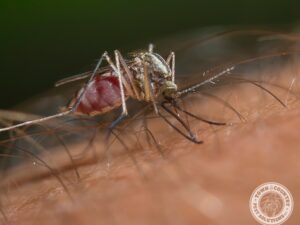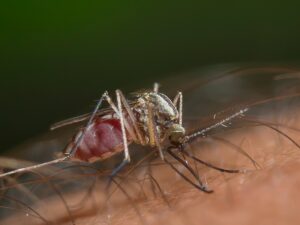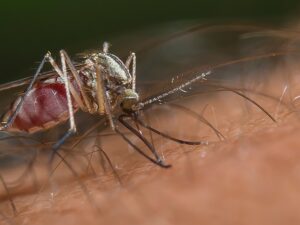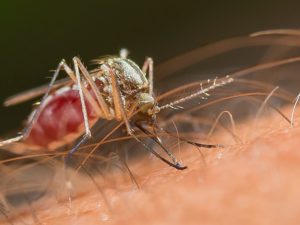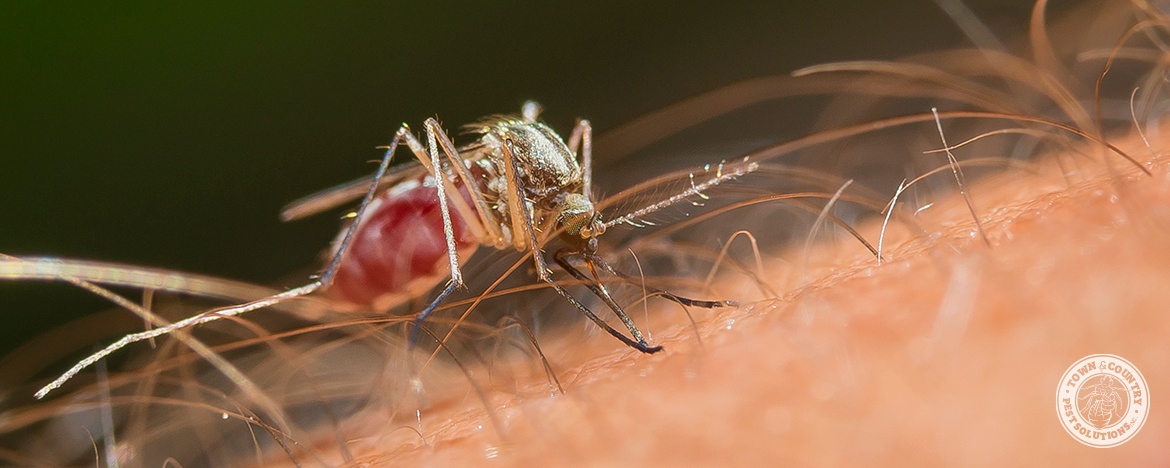
At least 70 mosquito species have been documented in the state of New York. Some of these species are known to carry and/or transmit diseases to humans. In New York, the West Nile virus and eastern equine encephalitis (EEE) are the two primary mosquito-borne diseases that humans can contract from bites inflicted by infected mosquitoes. The West Nile virus was first detected in New York in 1999, and since 2000, 490 individuals in the state have contracted the disease, 37 of whom eventually died as a result. The first reported EEE case in New York was reported in 1971, and since then only four additional individuals have contracted the disease in the state. EEE-carrying mosquito species in New York breed primarily in marshes located in central, northern, and to a lesser extent, coastal areas of the state. Unfortunately, mosquitoes have transmitted the West Nile virus to humans in every county in New York during the last two decades.
Multiple mosquito species belonging to the Culex genus are capable of transmitting West Nile and EEE in New York, but researchers believe that C. pipiens and C. salinarius are responsible for transmitting most of the West Nile and EEE cases that have occured in the state. These two mosquito species are more commonly known as northern house mosquitoes and unbanded saltmarsh mosquitoes, respectively, and they are both known for transmitting West Nile and EEE to humans. Northern house mosquitoes reproduce within natural and artificial water sources including salt marshes, streams, shallow ponds, sewage ditches, gutters, and water-filled containers on residential properties.
While unbanded saltmarsh mosquitoes favor undisturbed bogs as their primary breeding habitat, research shows that they readily breed within both natural and manmade water sources in urban and suburban areas of New York. These breeding sites include freshwater wetlands, ponds, and water-filled containers on properties. It is also worth mentioning that northern house mosquitoes readily enter homes throughout New York, and they are unique for their habit of overwintering indoors, but luckily, these mosquitoes do not bite humans while overwintering. The non-native mosquito species that is commonly known as the Asian tiger mosquito has recently established an invasive habitat in southern New York. Although this species is considered one of the two most medically significant mosquito species in the US where they have transmitted Zika, dengue and Chikungunya to humans, Asian tiger mosquitoes have not yet transmitted disease to humans in New York.
Do you make a point to remove standing water and potential mosquito breeding containers from your property?

